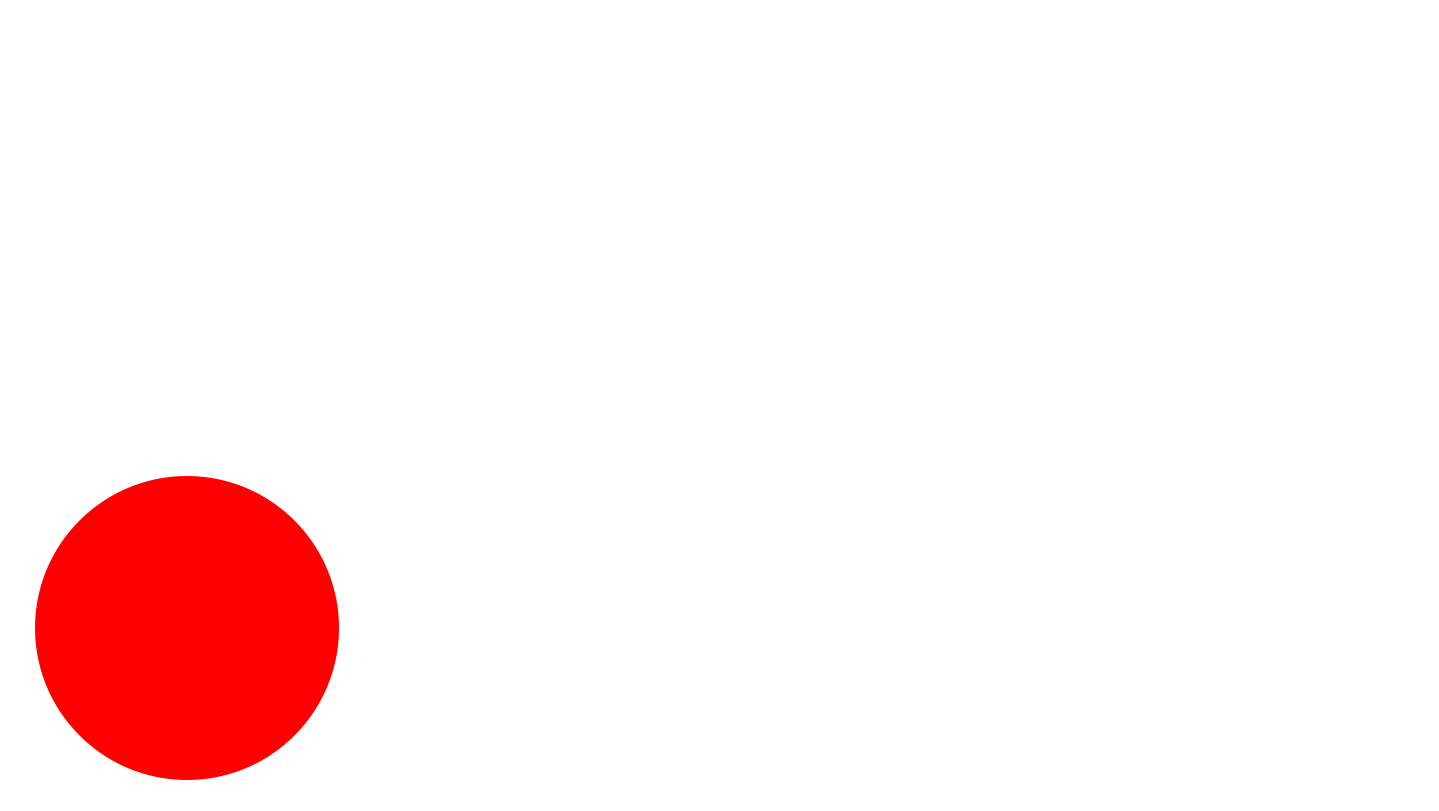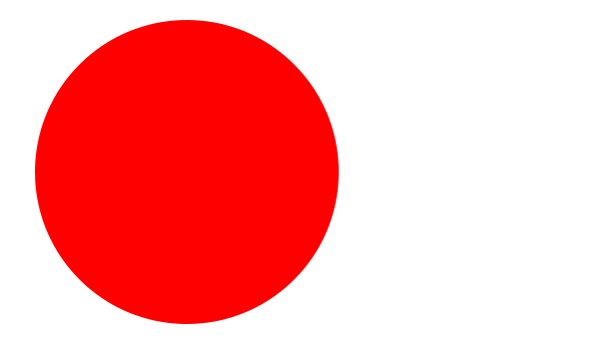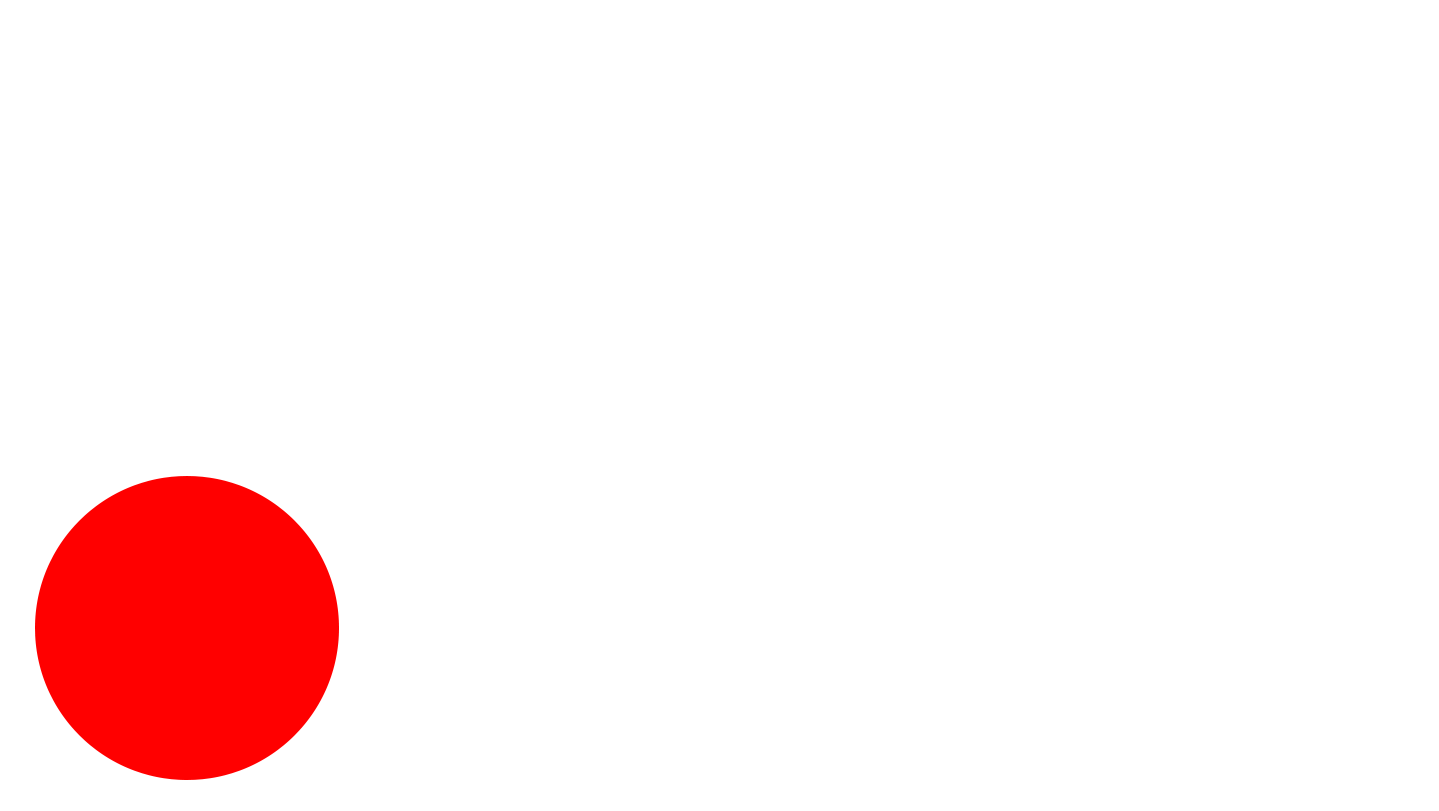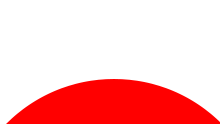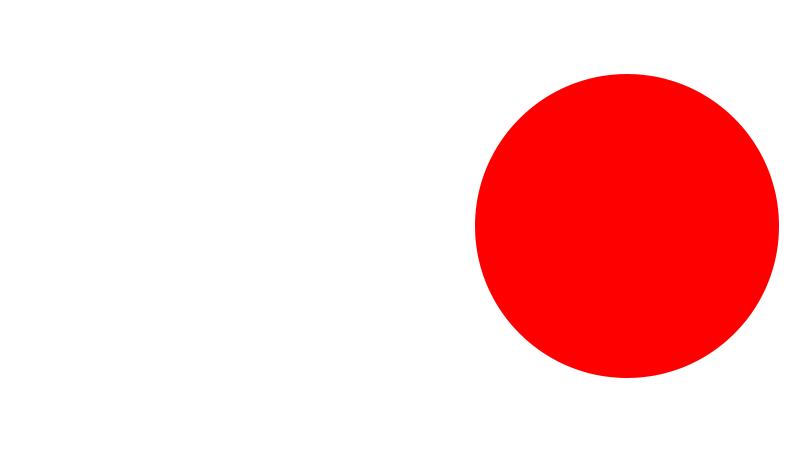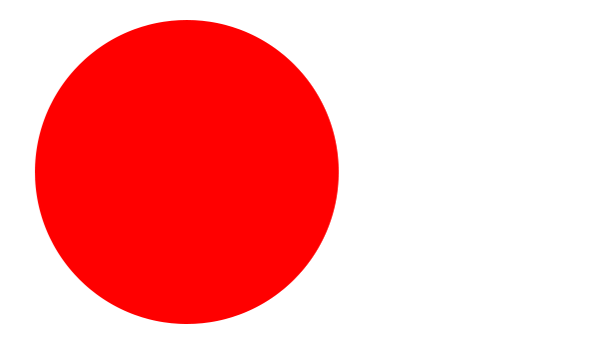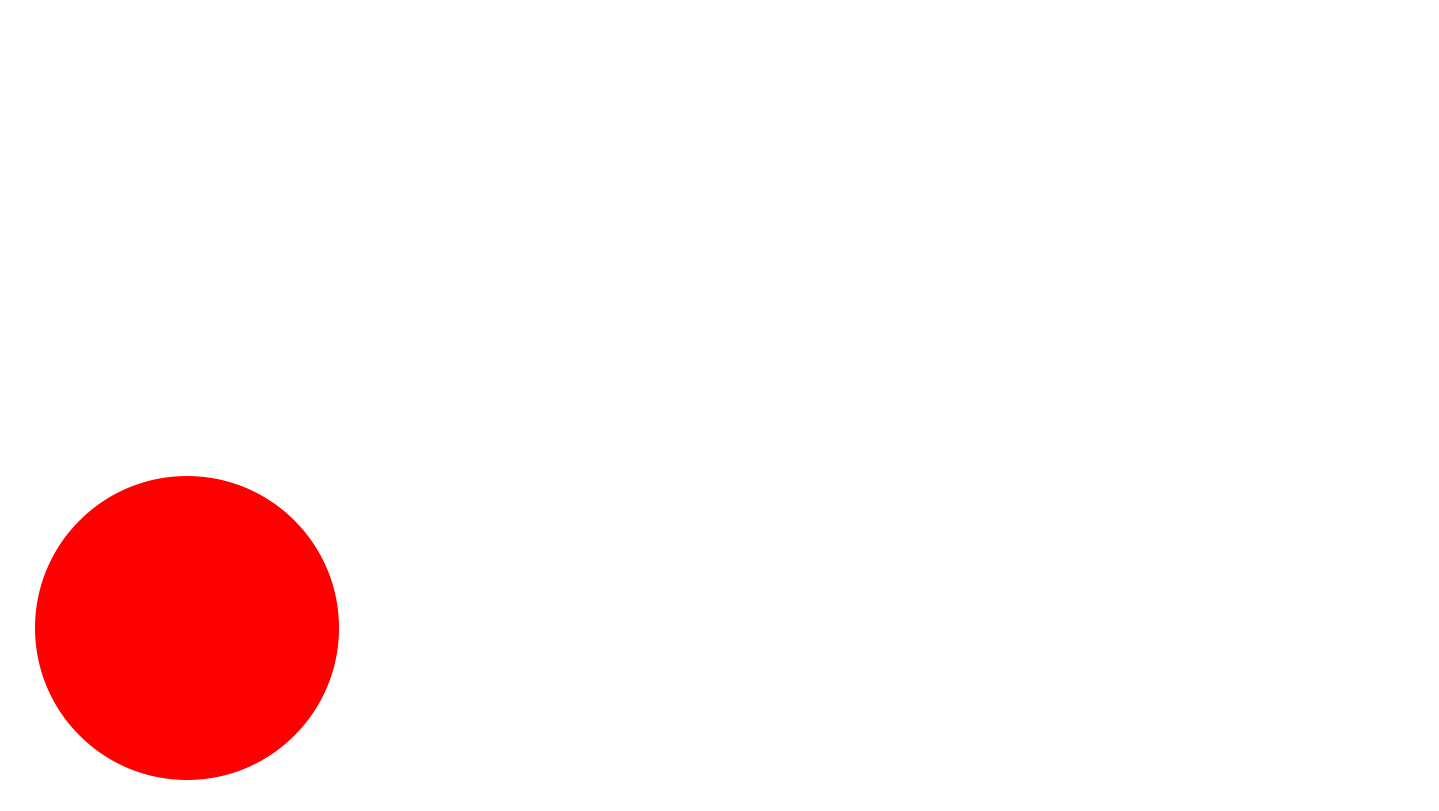When I was a kid, during summertime, the front garden of my grandmother’s house in Santiago de
Chile was always full of flowers of all colors; and so was the backyard and side garden of her cottage
in Cartagena – In Chile, not in Spain –, specially pink lilies and angel geraniums.
Now as an adult I always find myself taking pictures of flowers in parks any city or country I visit, and
pictures of vase flowers I might see at a friend´s, at restaurants or galleries; as well as taking pictures
of the opposite shore at my friend’s cottage by the lake in Luumäki, in Eastern Finland.
I have lots of plants in my living room and my painting room and flowers during summertime in the
balcony of my home studio in Finland. Anthurium has become my favorite plant and cyclamen my
favorite flower.
My style is a blend of Pop Art, Japanese art and Mannerism. If you look deeper, you might find
references of the Metaphysical movement; which is no accident because my first “art love” were the
paintings of Giorgio di Chirico, the father of the movement.
Bright and saturated colors come from Pop Art; the influence of Japanese Art is the “empty” space in
my paintings – which makes objects appear as floating –; Mannerism can be seen in aberrations and
lengthening of shapes; which brings us back to the Metaphysical movement in the long and
unnatural shadows found in some of my paintings.
Pictures are my sketches: my own or those found on the internet, applications, magazines,
documentaries, etc. I might use one or several to do one painting. I do the sketch on paper or
directly on the canvas. Both sketches and the paintings are an interpretation of the pictures. The
rules of composition – rhythm and variation – are my only guide.
Rhythm appears as contrasting colors, mat and shiny, saturated hues; as smooth sections and
uneven surfaces which I conceive using acrylic and oil colors.
It takes several months to finish a painting because good compositions requires time. I stop painting
when I am 90 percent satisfied with the outcome. Otherwise, I would never finish them because
there is always a new detail to add, something to correct or one more layer of color to add to get a
more saturated hue.
I paint because my heart doesn't allow me to stop; on a cerebral dimension I see paintings as a
compositional problem I must solve.
Chile was always full of flowers of all colors; and so was the backyard and side garden of her cottage
in Cartagena – In Chile, not in Spain –, specially pink lilies and angel geraniums.
Now as an adult I always find myself taking pictures of flowers in parks any city or country I visit, and
pictures of vase flowers I might see at a friend´s, at restaurants or galleries; as well as taking pictures
of the opposite shore at my friend’s cottage by the lake in Luumäki, in Eastern Finland.
I have lots of plants in my living room and my painting room and flowers during summertime in the
balcony of my home studio in Finland. Anthurium has become my favorite plant and cyclamen my
favorite flower.
My style is a blend of Pop Art, Japanese art and Mannerism. If you look deeper, you might find
references of the Metaphysical movement; which is no accident because my first “art love” were the
paintings of Giorgio di Chirico, the father of the movement.
Bright and saturated colors come from Pop Art; the influence of Japanese Art is the “empty” space in
my paintings – which makes objects appear as floating –; Mannerism can be seen in aberrations and
lengthening of shapes; which brings us back to the Metaphysical movement in the long and
unnatural shadows found in some of my paintings.
Pictures are my sketches: my own or those found on the internet, applications, magazines,
documentaries, etc. I might use one or several to do one painting. I do the sketch on paper or
directly on the canvas. Both sketches and the paintings are an interpretation of the pictures. The
rules of composition – rhythm and variation – are my only guide.
Rhythm appears as contrasting colors, mat and shiny, saturated hues; as smooth sections and
uneven surfaces which I conceive using acrylic and oil colors.
It takes several months to finish a painting because good compositions requires time. I stop painting
when I am 90 percent satisfied with the outcome. Otherwise, I would never finish them because
there is always a new detail to add, something to correct or one more layer of color to add to get a
more saturated hue.
I paint because my heart doesn't allow me to stop; on a cerebral dimension I see paintings as a
compositional problem I must solve.
